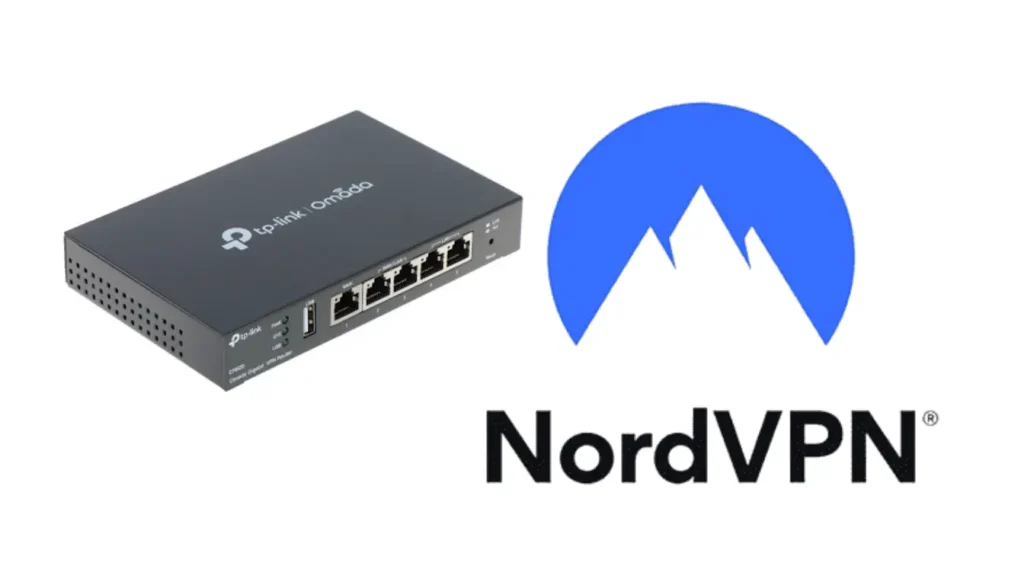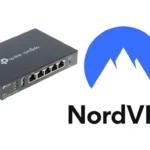Introduction: The Ultimate Guide to Safely Secure RDP from Home
Working from home has become a part of our lives, and tools like Remote Desktop Protocol (RDP) make it easier to access your work computer remotely. However, leaving your RDP unsecured opens the door to cyberattacks, leading to potential data loss and breaches. In this comprehensive guide, we will explore how to secure RDP from home using simple yet powerful security strategies. This article ensures that your remote work setup is protected from unauthorized access.
Let’s dive into 10 powerful ways to secure RDP from home and ensure your data stays safe.
Table of Contents
Why Do You Need to Secure RDP from Home?
RDP has become a favorite target for hackers due to the ease with which it can be exploited if left unsecured. Cybercriminals employ various methods like brute-force attacks or ransomware to gain access through weak RDP connections. That’s why it is essential to build a secure setup when using RDP from your home network.
Table 1: RDP Security Risks and Mitigation
| Risk | Description | Solution |
|---|---|---|
| Brute-Force Attacks | Hackers attempt to guess passwords through automated tools. | Use strong passwords and MFA. |
| Man-in-the-Middle (MITM) Attacks | Attackers intercept RDP sessions. | Encrypt sessions with VPN. |
| Exploiting Unpatched Software | Outdated RDP servers become targets. | Regularly update software. |
How to Secure RDP from Home: Proven Steps for 2024
1. Use Strong Passwords and MFA for RDP Login
At the heart of securing RDP is a robust password policy. A weak password gives attackers easy access. Use at least 12 characters with a mix of upper and lower cases, numbers, and symbols. Additionally, enable Multi-Factor Authentication (MFA) to ensure that even if the password is compromised, unauthorized access is blocked.
Quick Tip: Consider using NordPass, a secure password manager, to manage complex passwords effectively.
Learn more about NordVPN security solutions (DoFollow link).
2. Set Up a VPN Before Starting an RDP Session
One of the best ways to secure RDP from home is by using a VPN. A VPN encrypts the communication between your home network and the remote machine, protecting it from snoopers and attackers. This extra layer of encryption ensures that even if someone intercepts your session, the data remains unreadable.
Using NordVPN’s secure service can further strengthen your connection: Try NordVPN Today.
3. Change the Default RDP Port
By default, RDP uses port 3389, which hackers frequently target. To reduce the chances of automated attacks, change the RDP port to a non-standard one. This simple tweak adds an extra layer of security, as most bots won’t scan for alternative ports.
4. Restrict Access by IP Address
Limiting access to specific IPs ensures that only authorized users can connect to your RDP session. This is particularly useful for personal setups or business environments that require controlled access.
5. Enable Network Level Authentication (NLA)
NLA ensures that users are authenticated before they can initiate an RDP session. This means that only valid credentials can trigger a remote desktop connection, drastically reducing unauthorized access attempts.
6. Use Antivirus and Firewall Protection
Your RDP setup is only as secure as your devices. Install reliable antivirus software to detect and block malware. Additionally, configure your firewall to allow only essential RDP traffic.
7. Regularly Monitor RDP Logs for Suspicious Activity
Monitoring login attempts and session logs can provide insights into potential breaches. If you notice repeated failed login attempts, it may be a sign that someone is trying to compromise your system.
Table 2: Tools to Enhance RDP Security
| Tool | Purpose | Example |
|---|---|---|
| VPN | Encrypt RDP sessions | NordVPN |
| Password Manager | Manage complex passwords | NordPass |
| Security Information and Event Management (SIEM) | Track suspicious activities | Splunk |
Internal and External Links for RDP Security
- Internal Link: Learn more about VPN solutions on EcomLake.
- External DoFollow Link: Explore secure remote access strategies on Microsoft’s official RDP page.
8. Disable Unused Accounts and Limit User Permissions
Following the principle of least privilege (PoLP) means that only necessary users should have access to RDP. Disable any unused accounts and ensure that active users have the minimum required permissions.
9. Enable Automatic Software Updates
Outdated software is a hacker’s playground. Ensure that your RDP client and server receive regular updates to patch any vulnerabilities. Automating these updates can save you time and minimize risks.
10. Log Out and Disconnect Sessions After Use
Many breaches occur because users leave their RDP sessions open. Always log out after completing a session and disconnect the session properly to avoid unauthorized access.
SEO Title: 10 Ways to Secure RDP from Home and Protect Your Data in 2024
Conclusion: Stay Safe with a Secure RDP Setup
Securing your RDP connection from home is not just about convenience—it is about protecting your personal and professional data. By implementing the strategies outlined in this article, such as using VPNs, strong passwords, MFA, and monitoring logs, you can minimize the risks associated with remote access.
Don’t forget to incorporate internal links, change your RDP port, and install antivirus software for full-spectrum protection. Use NordVPN to encrypt your sessions and ensure complete online privacy. Check out more tips on EcomLake.
Make your home office secure, productive, and ready for remote work in 2024!


















